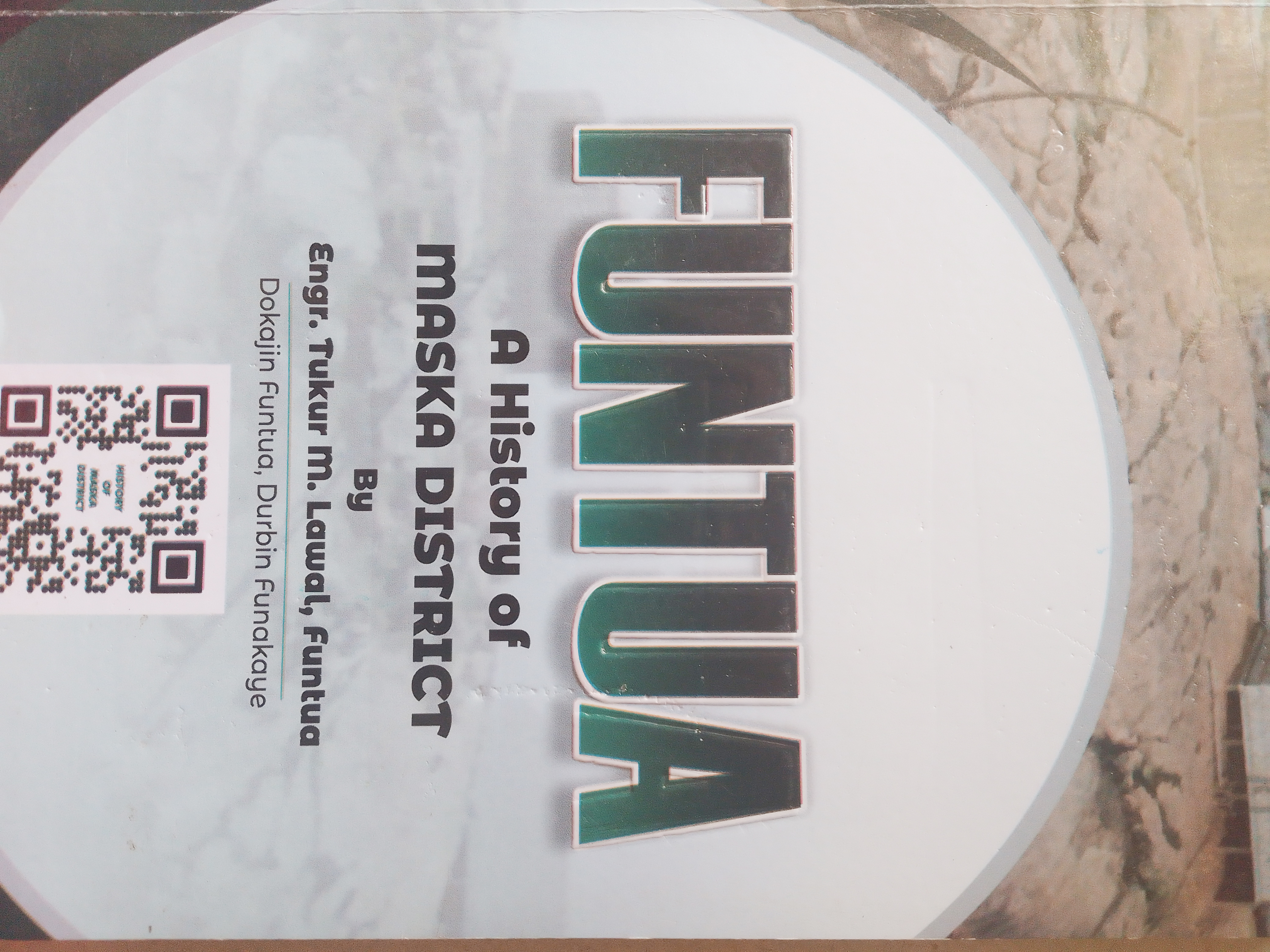Funtua: History of Maska District

By Dr.
Aliyu Ibrahim Kankara
After painstakingly taking time to go through a book with the title above written by Engineer Tukur M. Kawal, the Dokajin Funtua and Durbin Funakaye, as a bohemian and astute writer and reviewer of many English, Hausa and History books on African culture, philosophy and orientations, here are my observations that may be useful to the author in event he may wish to address.
1. As the
title of the book reflected, it has five (5) chapters, surpassing from Chapter
one: Brief History of ‘Kasar’ Katsina, Chapter two: A History of Maska to 1927,
Chapter three: History, Geography and People of Funtua, Chapter four: Growth
and Development of Funtua: 1927 to the Present, Chapter five: The prospect of
Funtua in the 21st Century. It is really very amazing and overwhelmingly
beautiful for a Historical research to cover these aspects with historical
impacts as done by Tukur. It is really fascinating, that which encompass and
engulf all what it takes to write and tell both the Bantustans and the newer
settlers of northern Nigeria about their history, culture and what their
pre-grand children would be expecting to apprehend in the near and far future.
The book is reach and meets historical standardization.
2. As the
title and nature of the book be or deserves, it has concrete binding and
quality printing, with the paper used that are qualitative too that can make it
have durability.
3. The title
of the book is okay and captivative, that can attract readers and buyers.
4. The
writer/author followed and abided by the National Library and book’s
publication’s regulations by possessing ISBN and publishing company’s address.
5. What is
more amazing is, the book has 235 pages, which are very substantial for a
reader that cannot be boring for a reading. Research students in tertiary
institutions and readers for joy and knowledge in the contemporary times stay
at bay with books with bulky pages as reading culture is fading, decaying.
6. I was
also perplexed with chapter one, The Brief History of ‘Kasar’ Katsina which was so short or brief, that it was a
supportive chapter in the book. Naturally, it should not be long.
The Author should address the following for future edition
of the book:
1. The
pictures in the book are too many, too much. Some are not even desirous. Some
notable personalities in Funtua whose identities appeared in the book had more
than one or multiple pictures which were wastes. For instance, Alhaji Wada Nas
and Alhaji Isma’ila Isa Funtua’s identities appeared many times.
2. The
biography of Sarkin Maska Shehu Minister in the book was too brief and or
short, which is so unnatural for a history research. Let his history capture
many things from birth, childhood, manhood and the achievements while he was
the district head.
3. As it is
a book written in English, let English be used wholly, but where vernacular
(Hausa) language is sandwiched, it should be removed. For example, title of
chapter one: ‘Kasar’ Katsina should reflect Katsina Province.
4. The page
numbers should be clearly printable and visible so that they could be seen and
read vividly.
5. Pictures
shown in chapter one should either be reduced or not supposed to be as they are
contained already in books where Katsina Province’s history is majorly
discussed. Here the general history of Katsina is only an accessory not an
essential part of the book as the title shows.
Aliyu Ibrahim Kankara, PhD
Author of Shata Biography,
and a lecturer, Umaru Musa
‘Yar’Adua University.

